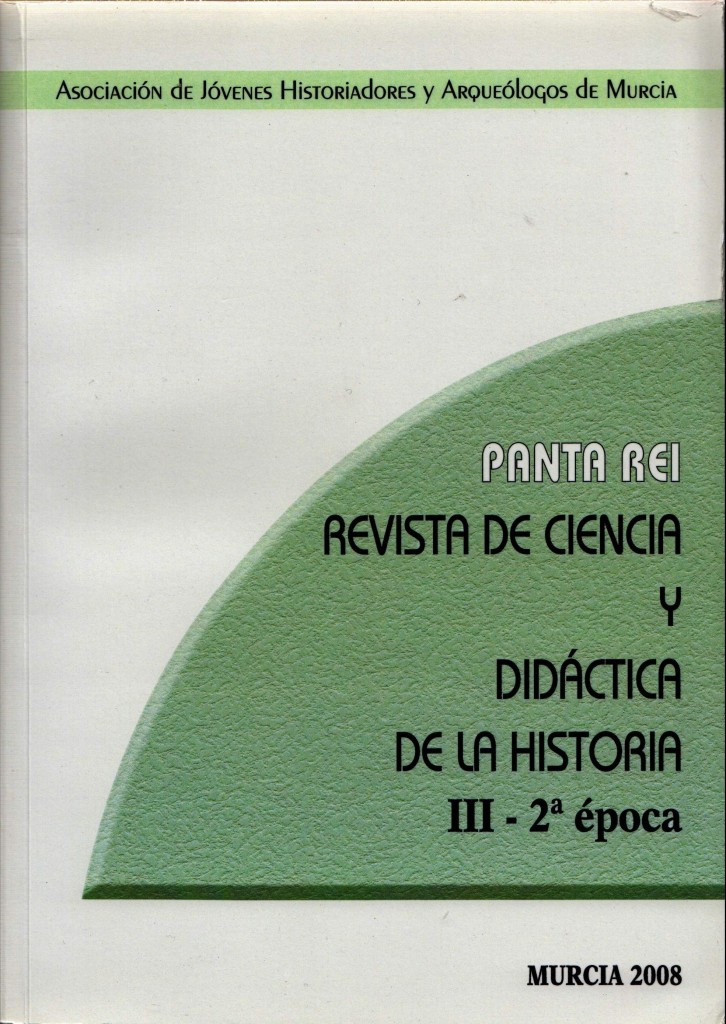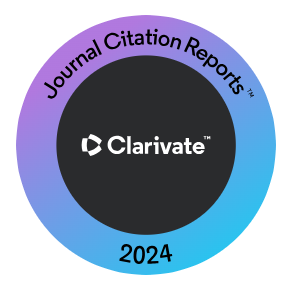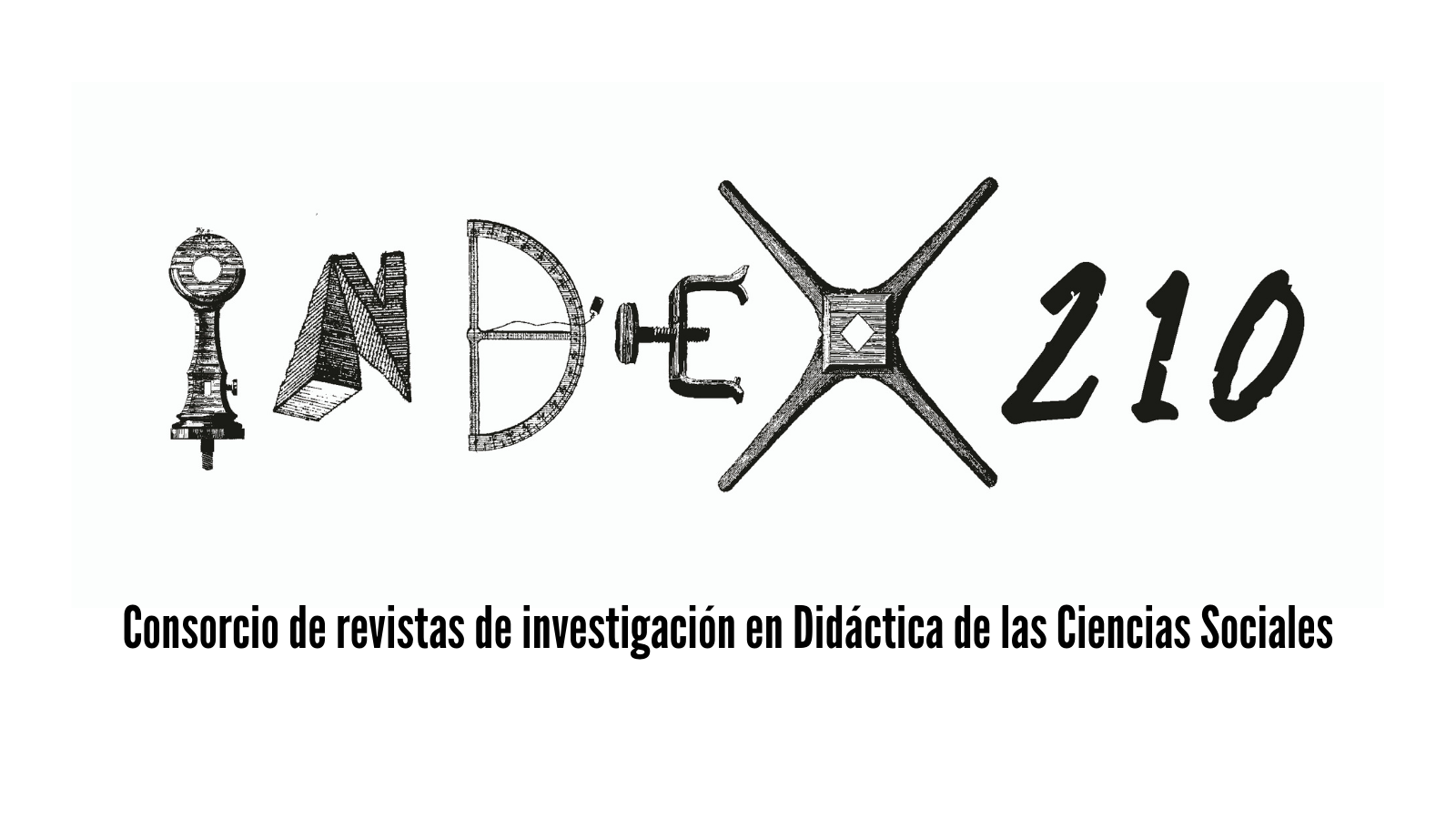La vida cotidiana en el Imperio Asirio. Usos y costumbres de un pueblo que conquistó las Cuatro Regiones del Mundo
Abstract
This paper is a brief summary of the seminar Work in Progress carried out in the University of Murcia regarding the historigraphy of the daily life during the Neoassyrian Empire. The methodology is analysed here, considering a bibliometric study as starting point and moving towards further levels of detail, focussing in one issue at the end: the situation of the Assyrian Women during the Neoassyrian Empire. Finally the paper includes some of the most outstanding conclusions of this investigation.
Downloads
-
Abstract4362
-
PDF (Español (España))570
References
ALBENDA, P. «Woman, Child, and Family: their Imagery in Assyrian Art». La Femme dans le Proche-Orient Antique. XXXIII Recontre Assyriologique Internationale. Paris. 1987.
ALBENDA, P. The palace of Sargon, king of Assyria: monumental wall reliefs at Dur-Sharrukin, from original drawings made at the time of their discovery in 1843-1844 by Botta and Flandin. Paris. 1986.
ASIMOV, I. El cercano Oriente. Boston. 1968. (Edición española de 2005, Madrid).
BEN-BARAK, Z. «The Queen consort and the struggle for succession to the throne». La Femme dans le Proche-Orient Antique. XXXIII Recontre Assyriologique Internationale. Paris. 1987.
BOTTÉRO, J. «Las libertades de las mujeres en Babilonia». Introducción al Antiguo Oriente. De Sumer a la Biblia. Paris. 1992. (Edición española de 1996, Barcelona).
BOTTÉRO, J. La cocina más antigua del mundo. Paris. 2002. (Edición española de 2005, Barcelona).
BOTTÉRO, J. Annuaire de lʼEcole pratique des Hautes Etudes. Paris. 1966-67.
CAMINO GARCÍA, M. El cercano oriente: grandes imperios. Madrid. 1996.
CANCIK-KIRSCHBAUM, E. Die Assyrer: Geschichte, Gesellschaft, Kultur. München. 2003.
FALES, F.M. «La estructura social». MOSCATI, S. (ed): El alba de la civilización. Sociedad, economía y pensamiento en el Próximo Oriente antiguo. Torino. 1976. (Edición Española de 1987, Madrid).
FALES, F.M. Lʼimpero assirio: stoira e amministrazione: (IX-VII secolo a.C.). Roma. 2001.
FINET, A. «El vino hace 5.000 años». Introducción al Oriente Antiguo. De Sumer a la Biblia. Paris. (Edición española de 1996, Barcelona). 1992.
FUCHS, A. Die Annalen des Jahres 711 v. Chr. nach Prismenfragmenten aus Ninive und Assur. Helsinki. 1998.
GONZÁLEZ TORRES, A.L. «La familia neoasiria en la historiografía moderna». PANTA REI, 2, II época. Murcia. 2007.
GRAYSON, A.K. Assyrian rulers of the early first millennium BC I (1114-859 BC). Toronto. 1991.
HOLLOWAY, S.W. Assur is king! Assur is king! Religion in the exercise of power in the Neo Assyrian Empire. Boston. 2002.
HROUDA, B. Die Assyrer und ihre Kunst in neur Sicht. München. 2003.
JAS, R. Neo-Assyrian judicial procedures. Helsinki. 1996.
KLÍMA, J. Sociedad y cultura en la Antigua Mesopotamia. Praga. 1964. (Edición española revisada de 1995, Madrid).
KRAMER, N.S. La historia empieza en Sumer. New York. 1959. (Edición española de 1985, Barcelona).
KUHRT, A. El oriente en la antigüedad, I1. C. 3000-330 A. C. London. 1995. (Edición española de 2001, Barcelona).
LAFONT, B. «Las mujeres del palacio de Mari». Introducción al Antiguo Oriente.
De Sumer a la Biblia. Paris. 1992. (Edición española de 1996, Barcelona).
LAMBERT, W.G. «Goddesses in the Pantheon: a reflection of women in Society?». La Femme dans le Proche-Orient Antique. XXXIII Recontre Assyriologique Internationale. Paris. 1987.
LIVERANI, M. El Antiguo Oriente. Historia, sociedad, economía. Roma. 1988. (Edición española de 1995, Barcelona).
MARCUS, M.I. «Art and Ideology in Ancient Western Asia». CANE, 4: 2492.
MARGUERON, J.C. Los Mesopotámicos. Paris. 1991. (Edición española de 1996, Madrid).
MELVILLE, S.C. The role of Naqia/Zaqutu in Sargonid politics. Helsinki. 1999.
NIESSEN, H.J. Von Mesopotamien zum Irak: Kleine Geschcichte eines alten Landes. Berlin. 2004.
PARPOLA, S and PORTER, M. The Helsinki atlas of the Nea East in the neo-assyrian period. Helsinki. 2001.
PELÁEZ DEL ROSAL, J. El divorcio en el derecho del Antiguo Oriente (Asiria, Babilonia, Israel). Córdoba. 1982.
RADNER, K. «Neoassyrian Period». A History of Ancient Near Eastern Law. Boston. 2003.
RADNER, K. Die neuassyrischen privatrechtsurkunden als Quelle für Mensch und Umwelt. Helsinki. 1997.
RADNER, K. Die neuassyrischen Texte aus Tall Seh Hamad. Berlin. 2002.
READE, J. «Was Sennacherib a Feminist?». La Femme dans le Proche-Orient Antique. XXXIII Recontre Assyriologique Internationale. Paris. 1987.
ROUX, G. «Semíramis, la reina misteriosa de Oriente». Introducción al Antiguo Oriente. De Sumer a la Biblia. Paris. 1992. (Edición española de 1996, Barcelona).
ROUX, G. Mesopotamia. Historia política, económica y cultural. Paris. 1985. (Edición española de 2002, Madrid).
SANMARTÍN, J. Códigos legales de tradición babilónica. Madrid. 1999.
SANMARTÍN, J. y SERRANO, J.M. Historia antigua del Próximo Oriente. Mesopotamia y Egipto. Madrid. 1998.
SAPORETTI, C. «The Status of the Women in the Middle Assyrian Period». MANE 2/1. 1979.
SODEN, W.v. Introducción al orientalismo antiguo. Darmstadt. 1985. (Edición española de 1987, Barcelona).
WALKER, J.M. Las civilizaciones del Próximo Oriente. Madrid. 1996.
All the contents published in this journal are subject to an Attribution-ShareAlike 4.0 International (CC BY-SA 4.0) Creative Commons License. You are free to: Share — copy and redistribute the material in any medium or format, Adapt — remix, transform, and build upon the material, for any purpose, even commercially. Under the following terms:
Attribution — You must give appropriate credit, provide a link to the license, and indicate if changes were made. You may do so in any reasonable manner, but not in any way that suggests the licensor endorses you or your use.
ShareAlike — If you remix, transform, or build upon the material, you must distribute your contributions under the same license as the original.
Full text of the license is available in: Creative Commons License 












